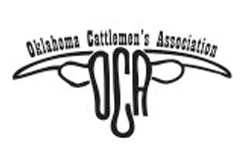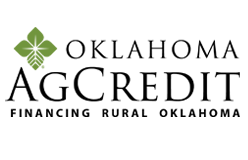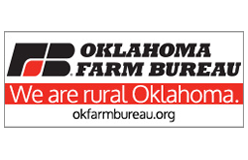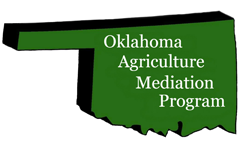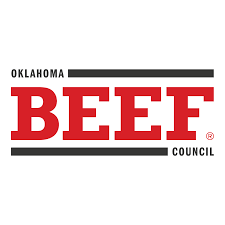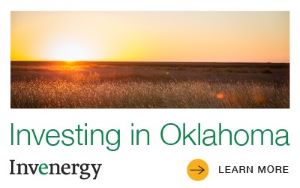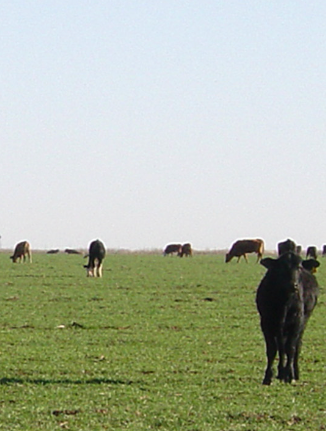
On this episode of Cow-Calf Corner, Dana Zook, Oklahoma State University Cooperative Extension NW Area Livestock Specialist, discusses bloat in cattle.
Bloat can be a prominent issue this time of year for cattle grazing small grains pasture. Environment, weather, forage growth stage and forage quality all play a role in the occurrence of bloat. Even though we understand why it occurs, bloat can be hard to predict.
What is frothy bloat? Frothy bloat refers to the digestion of high-quality forages and the formation of a stable matrix within the forage mat floating on top of the rumen contents. Frothy bloat is not only specific to wheat pasture. It can occur in cattle consuming alfalfa, legume type forage, and other small grains. Due to fermentation occurring in a ruminant’s digestive tract, gases are a natural part of the digestive process. However, the nature of these forages creates conditions where excess gas can be an issue. When the gases work their way up through the liquid in the rumen and get caught in that matrix, a dense foam can develop. This foam blocks the gas from being released through the esophagus. Without treatment, cattle can expire very quickly due to intense pressure on the lungs and heart.
Why is bloat common in calves grazing small grains? Small grains forage is high in protein and low in fiber which makes it highly digestible. Many other factors contribute to this high quality feed to play a role in the occurrence of bloat.
An increase in growing degree days in February and March can cause bloat. Pastures grazed through December and January may be clipped down and when temperatures increase and moisture is available, growth rate increases. This immature fast-growing stage of the plant is the main contributor to bloat. Consumption rates may also be very high due to the high level of water content within the plant.
Frost is also a big factor. Frost disrupts the cells of the growing plant making those soluble nutrients even more available. This time of year, frequent frost may cause a large percentage of calves to exhibit signs of bloat just after their morning grazing session.
Intense bouts of bloat don’t typically last the whole grazing season, being limited to times when the forage is immature and growing quickly. As the forage matures, bloat will become less prevalent due to increased plant fiber content. More fiber in the forage will require more digestive activity therefore alleviating most bloat issues. Activity such as mastication (chewing), saliva production, and muscle contraction of the rumen will break up the matrix and reduce the foam.
What are some things that can be done to manage bloat in cattle? Decades of research by Oklahoma State University Animal Scientists have provided the industry with tools to manage and treat bloat. The first line of defense is providing a basic free choice mineral. The mineral should contain 15-20% calcium, 0.5-1% magnesium, and minimal phosphorus. Calcium is needed for proper rumen muscle contraction during digestion making it the most important mineral to supplement on wheat pasture. The assumption that magnesium or “Hi-Mag” is crucial on wheat pasture should be limited to mature beef cows who are prone to grass tetany when grazing lush growing forages. Research shows a basic non-medicated free choice wheat pasture mineral manages bloat and can boost performance 0.25 pounds daily.
The second line of defense is the addition of monensin (Rumensin®) in free choice mineral or small package energy supplements. Research has proven that monensin reduces the severity of bloat in addition to improving efficiency and boosting weight gain.
The final defense is the treatment of bloat when it occurs. Severe bouts of bloat can be treated effectively with paloxalene (Bloat Guard®) which can be found as a feed additive and in pressed blocks. It is good practice to have a supply of paloxalene on hand in case of severe bloat. This product is somewhat expensive and may be most cost effective to treat bloat rather than provide the entire grazing season.
This article is a summary of a recent episode of the Extension Experience Podcast. You can find this podcast on your smart phone on Spotify, Apple Podcast, or Google Podcast Apps. You can also access the podcast by visiting http://spotlight.okstate.edu/experience/podcast/.






